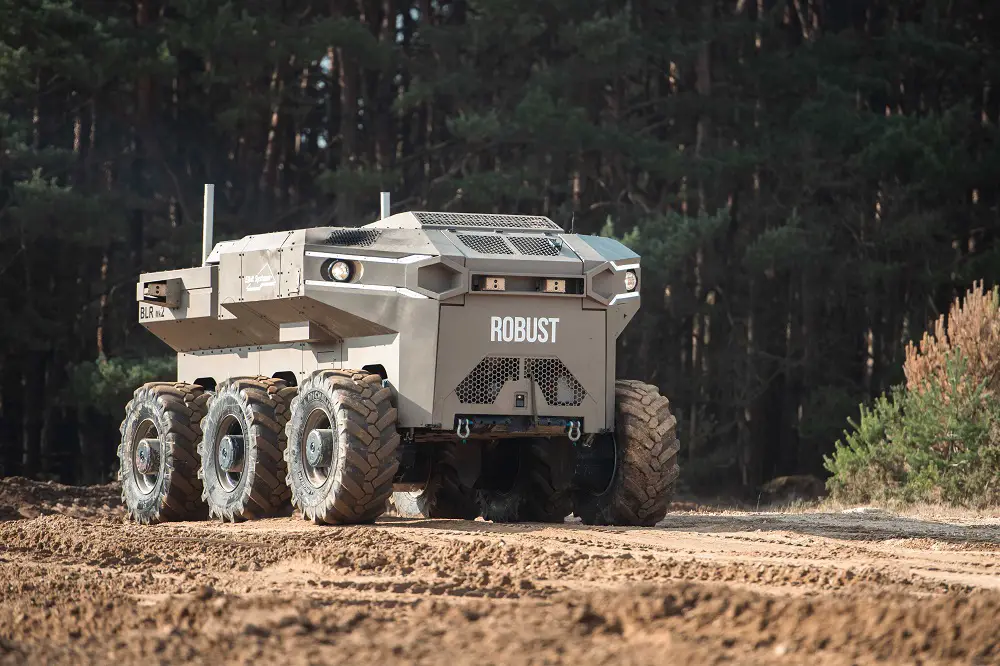The first ever UK trial of heavy uncrewed ground systems (H-UGVs) has taken place, with companies from the Human-Machine Teaming framework winning an invitation to put their vehicles through their paces and demonstrate their capabilities to the British Army. Held over two weeks at the Armoured Trials and Development Unit in Bovington, Dorset, the H-UGVs underwent stringent trials to test their effectiveness in battlefield situations. In this case “heavy” is defined as anything weighing over five tonnes which is remotely controlled by humans.
Lieutenant Colonel James de St John-Pryce, Commanding Officer of ATDU, said: “It’s been a fascinating experience to test these platforms, see what they can do and what could potentially be achieved on the battlefield with crewless vehicles in the next 10, 20 or 30 years. Make no mistake, we are at step one of a very long journey. But I am excited by what we witnessed during the trials which were a great example of collaboration between the Army, FCG and our industry partners.”

James Gavin, head of the Future Capability Group, said: “Over the two weeks of trials and demonstrations we have had the door opened to where we may one day go with these vehicles. This has been about drawing industry and the Army together to put these platforms through their paces and see what they can do now, and what might be possible in the future. Next, we will look at the data generated during the trials to see what worked, what needs more thought and where we could go next. The H-UGV trials have been a success in that they have opened our eyes further to what capabilities can be achieved by uncrewed ground vehicles in the decades to come.”
The H-UGVs were tested against a range of criteria including speed, how they coped with difficult terrain and communication systems. The trial, the first of its kind in the UK, was organised by Defence Equipment & Support’s Future Capability Group (FCG), saw three companies selected to take part to showcase their platforms:
Elbit with its Robust
Milrem and its Type X
Rheinmetall with its Wiesel












